Have you ever wondered why each month of the year is associated with specific flowers? Just as each month has its own zodiac sign, it also boasts unique flowers that are said to represent the characteristics of those born in that period. This tradition of assigning a specific flower (or flowers) to each month dates back centuries and spans various cultures, adding a personalized touch to birthdays and celebrations. In this article, we delve into the enchanting world of birth flowers, exploring their meanings and the stories behind them. From the passionate carnation of January to the vibrant poppy of August, each flower carries its own symbolism and charm, making birthdays even more special.
Why Are There Two Birth Flowers Per Month?
You might have noticed that each month is associated with not one, but two different flowers. This intriguing aspect of birth flowers often sparks curiosity. The primary and secondary birth flowers for each month offer a broader spectrum of characteristics and meanings, reflecting the diverse personalities of individuals born in that month. While the primary flower tends to be more popular and widely recognized, the secondary flower provides an additional layer of depth and symbolism. This duality allows for a more nuanced representation, ensuring that everyone finds a flower that resonates with their personal story and traits.
Carnation: The Emblem of Love and Fascination
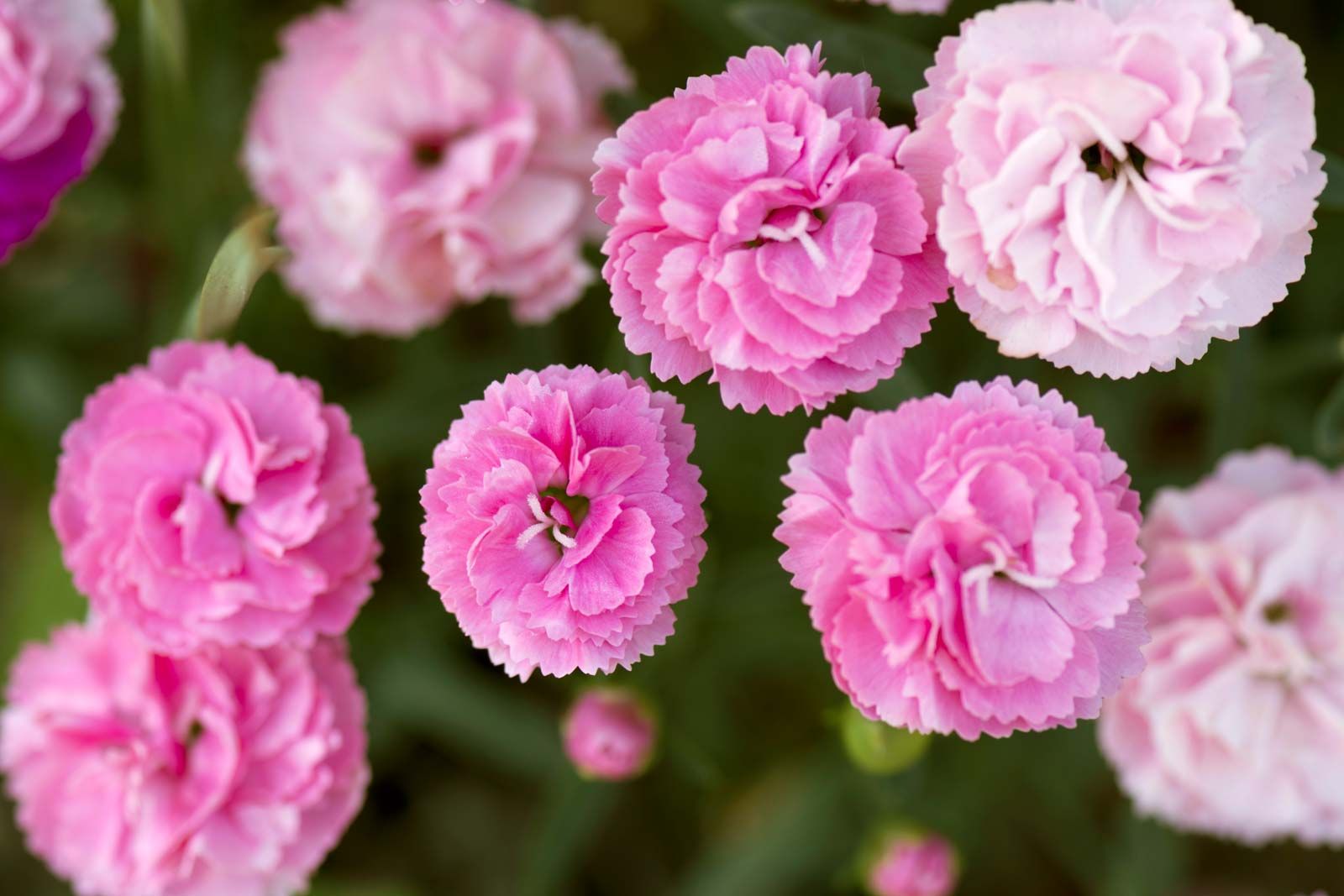
Carnations, known scientifically as Dianthus caryophyllus, are not just January's primary birth flower; they are a symbol of deep affection and fascination. These flowers have captivated people for centuries with their rich fragrance and a wide array of colors. Each hue of the carnation carries a unique meaning - from the deep reds expressing love and admiration to the pure whites symbolizing good luck and purity. Carnations are not only a delight to the eyes but also a historical treasure, having been cultivated for over 2,000 years, dating back to ancient Greek and Roman times.
Snowdrop: A Symbol of Hope and Purity
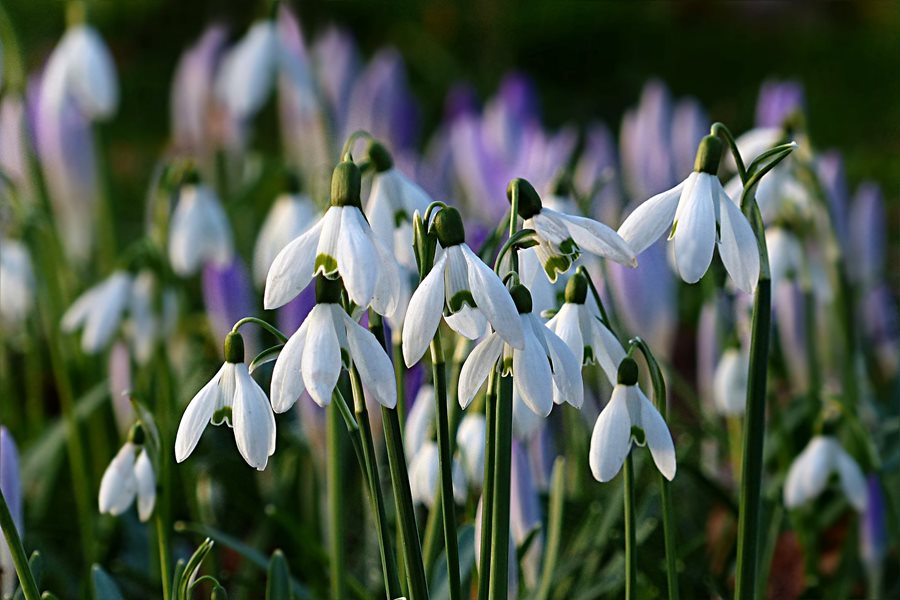
Accompanying the carnation as January's secondary birth flower is the delicate and resilient snowdrop, known scientifically as Galanthus. These tiny white flowers are among the first to emerge in the year, often pushing through the snow to herald the coming of spring. Their appearance is a reminder of hope and the purity of new beginnings. Snowdrops are not just a treat for the eyes; they carry a rich symbolism in various cultures, often associated with the Greek goddess Persephone and representing rebirth and the triumph of hope over despair. Their early blooming makes them a symbol of resilience and the ability to overcome challenges, much like those born in the heart of winter.
Violet: The Essence of Modesty and Faithfulness
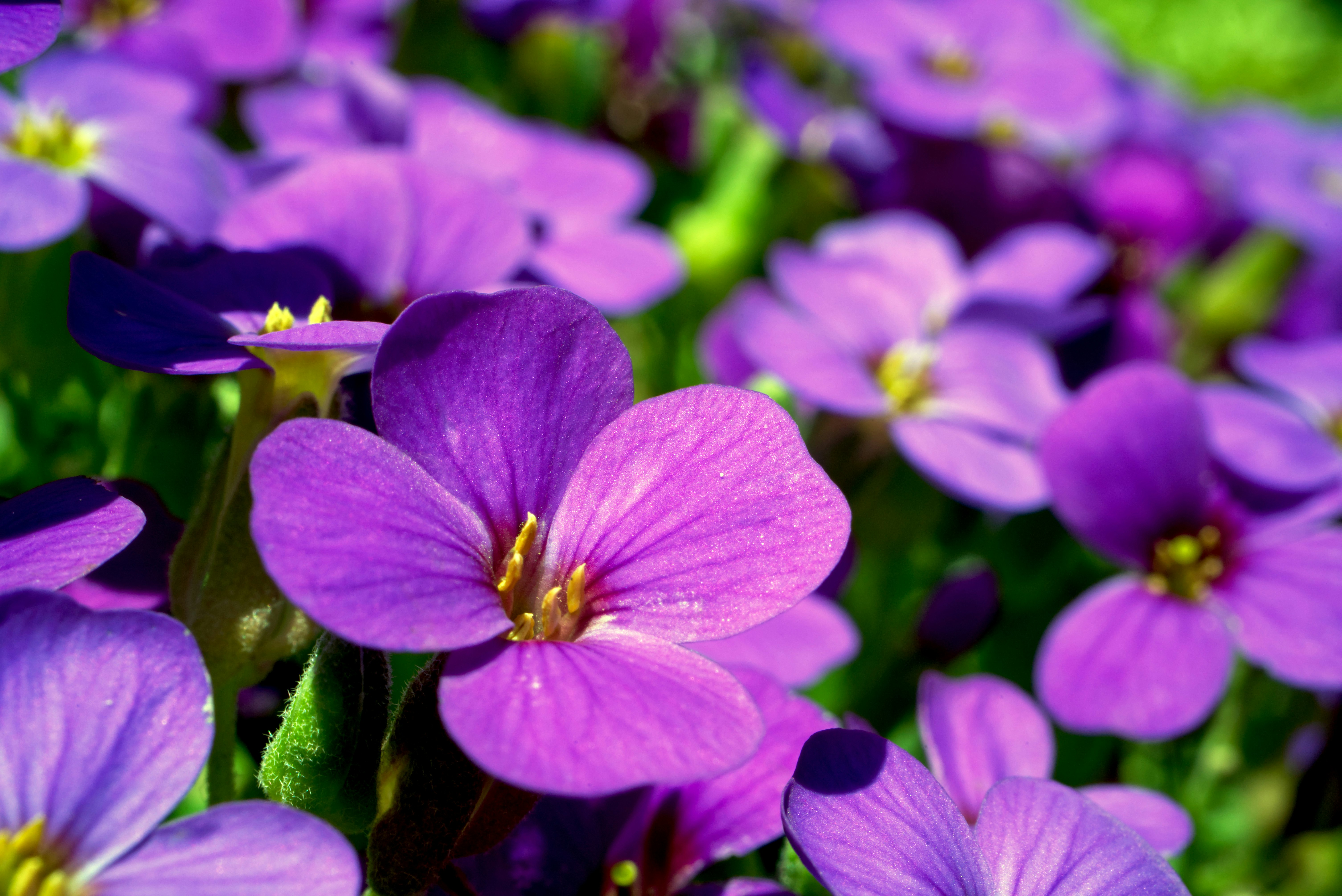
Violets, or Viola, are not just a visual treat with their vibrant hues ranging from deep purples to soft blues; they are February's primary birth flower, symbolizing modesty, faithfulness, and spiritual wisdom. These enchanting flowers have a long history of cultural significance, from being used in ancient Greek rituals to inspiring poets and artists throughout the ages. Violets are known for their delicate fragrance and are often found in woodlands and gardens, blooming in the early days of spring. They have also been used for their medicinal properties and are even edible, adding a splash of color and flavor to culinary creations.
Primrose: A Symbol of Youth and New Beginnings
Primroses, or Primula, serve as February's secondary birth flower. These charming plants are harbingers of spring, blooming in vibrant shades of yellow, pink, and purple. Primroses symbolize youth, new beginnings, and the eternal nature of love. They are often found brightening up gardens and woodlands with their cheerful presence. In folklore, primroses are believed to be sacred to fairies and are often depicted in mythical tales as a key to their magical realms. These flowers not only add beauty to their surroundings but also bring a sense of joy and renewal, much like the month they represent.
Daffodil: A Beacon of New Beginnings
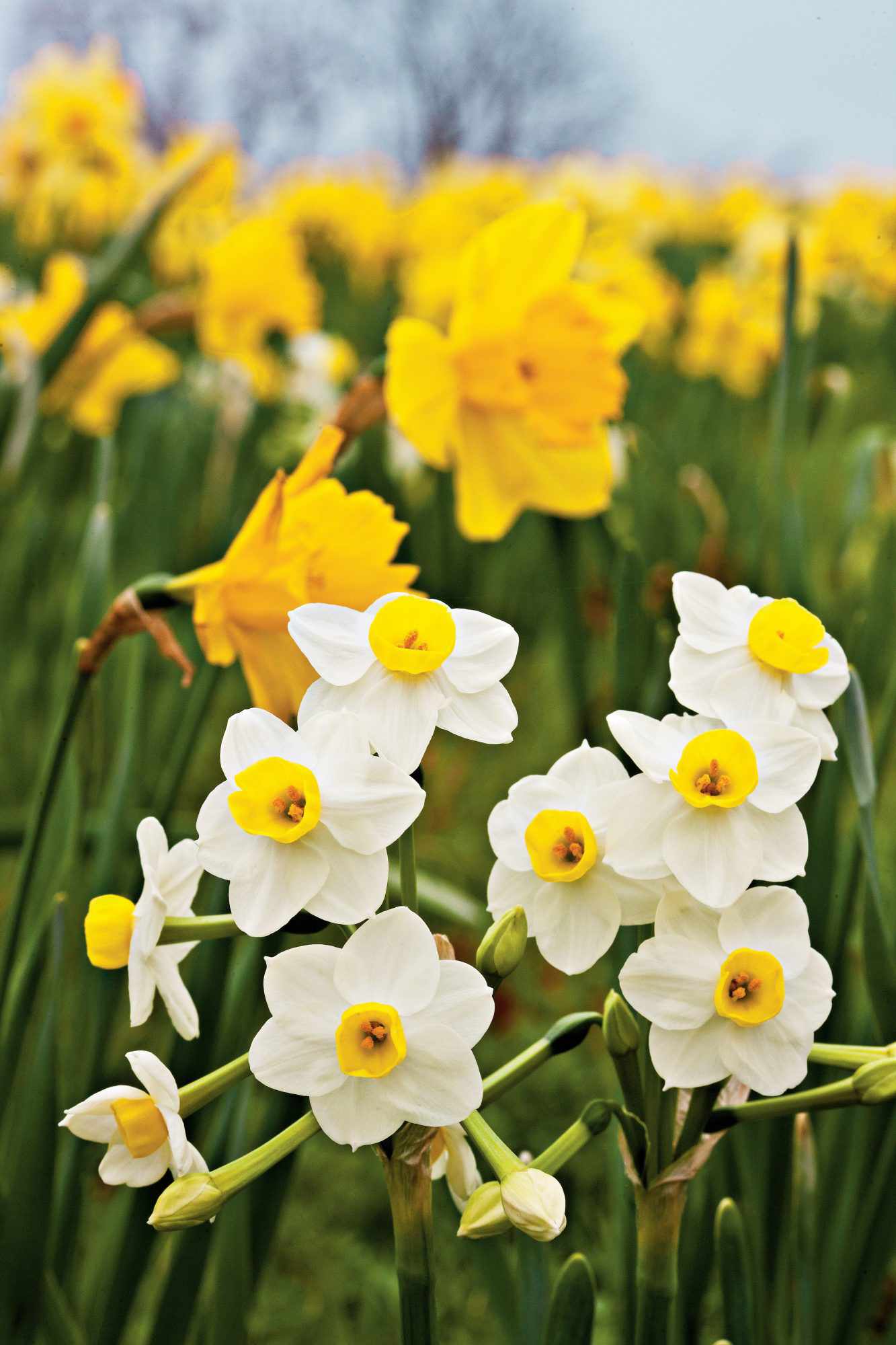
The daffodil, scientifically known as Narcissus, is not just a flower; it's a symbol of rebirth and new beginnings, making it the perfect birth flower for March. As one of the first flowers to bloom in spring, daffodils are a cheerful reminder that winter's frost is giving way to the warmth of the sun. Their bright yellow blooms are like little suns dotting the awakening landscape, bringing joy and hope. Daffodils have a rich history and are associated with various cultural meanings, from being a symbol of unrequited love in the tale of Narcissus in Greek mythology to being a sign of good fortune and prosperity.
Jonquil: The Fragrant Herald of Spring
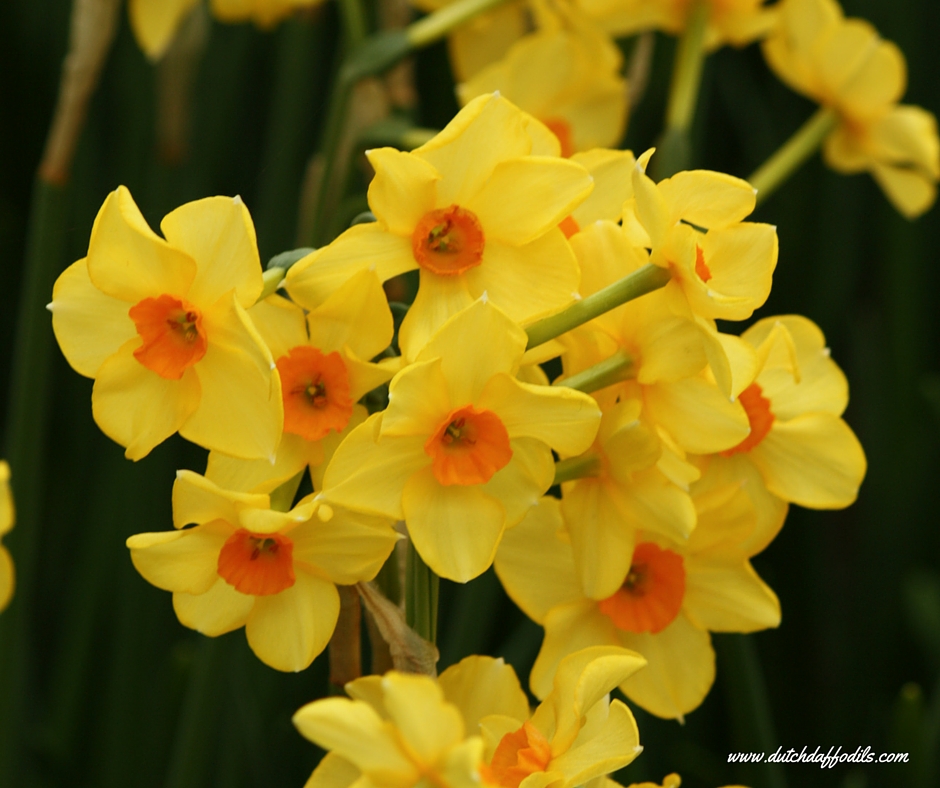
Jonquils, a specific type of daffodil, are March's secondary birth flower. These flowers are distinguished by their smaller size and sweet, strong fragrance. Jonquils typically have bright yellow blooms and are a popular choice for gardens and floral arrangements. They symbolize desire, affection, and the return of happiness – a fitting tribute to the uplifting spirit of March. Jonquils are not just beautiful; their delightful fragrance has been a favorite in perfumery for centuries. They represent the perfect balance of beauty and grace, resilience and strength, echoing the qualities of those born in this transitional month.
Daisy: The Symbol of Innocence and Purity
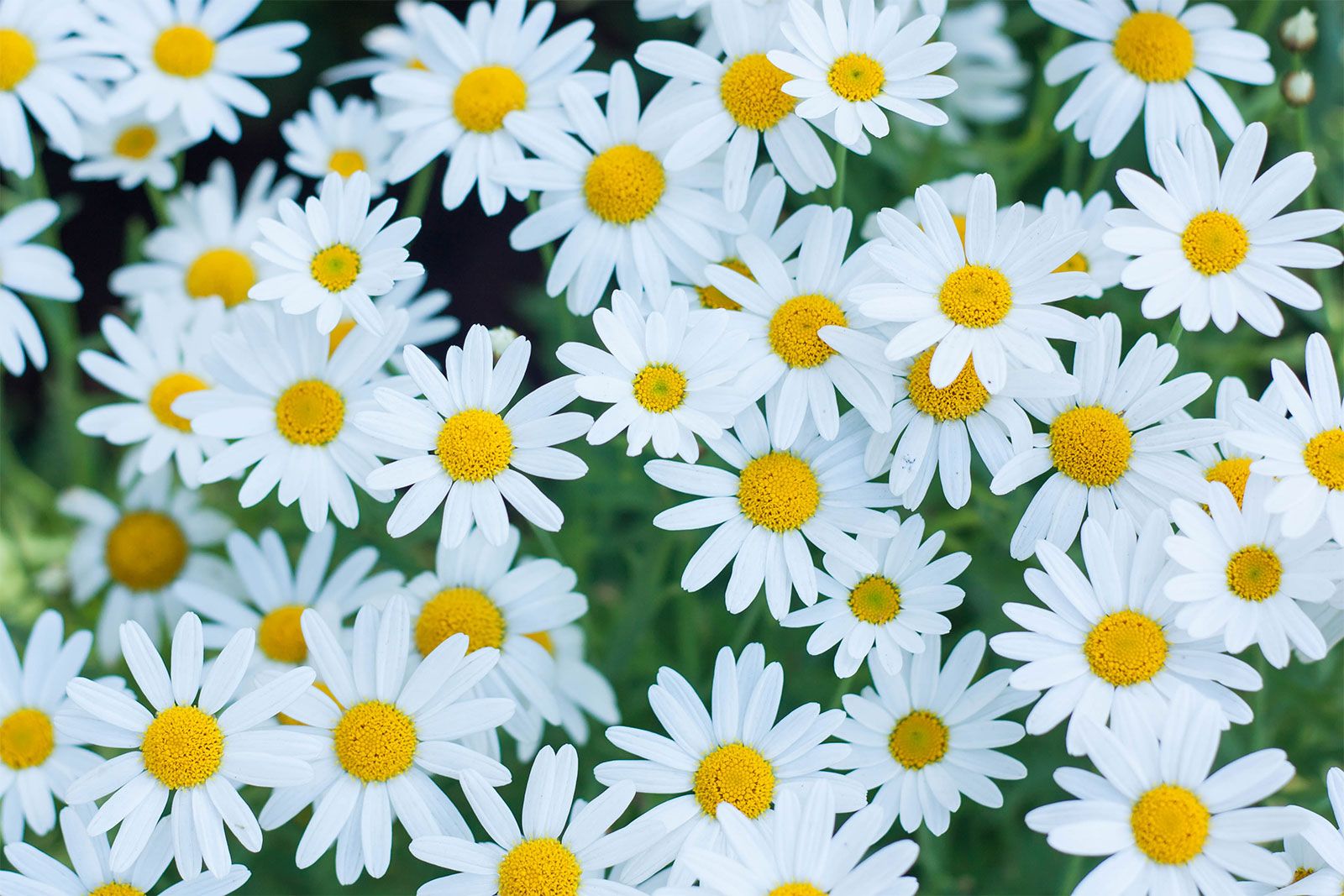
Daisies, with their simple yet striking beauty, are the primary birth flower for April. These charming flowers are synonymous with purity, innocence, and loyal love. The classic daisy features a sunny yellow center surrounded by white petals and has been a favorite in folklore, literature, and art for centuries. Daisies are versatile and resilient, often found in a variety of habitats around the world. Their cheerful appearance and the way they open their petals to greet the sun each day make them a symbol of hope and new beginnings. Daisies are not just pretty faces in the floral world; they have also been used for their medicinal properties, particularly in traditional herbal remedies.
Sweet Pea: The Essence of Gratitude and Blissful Pleasure
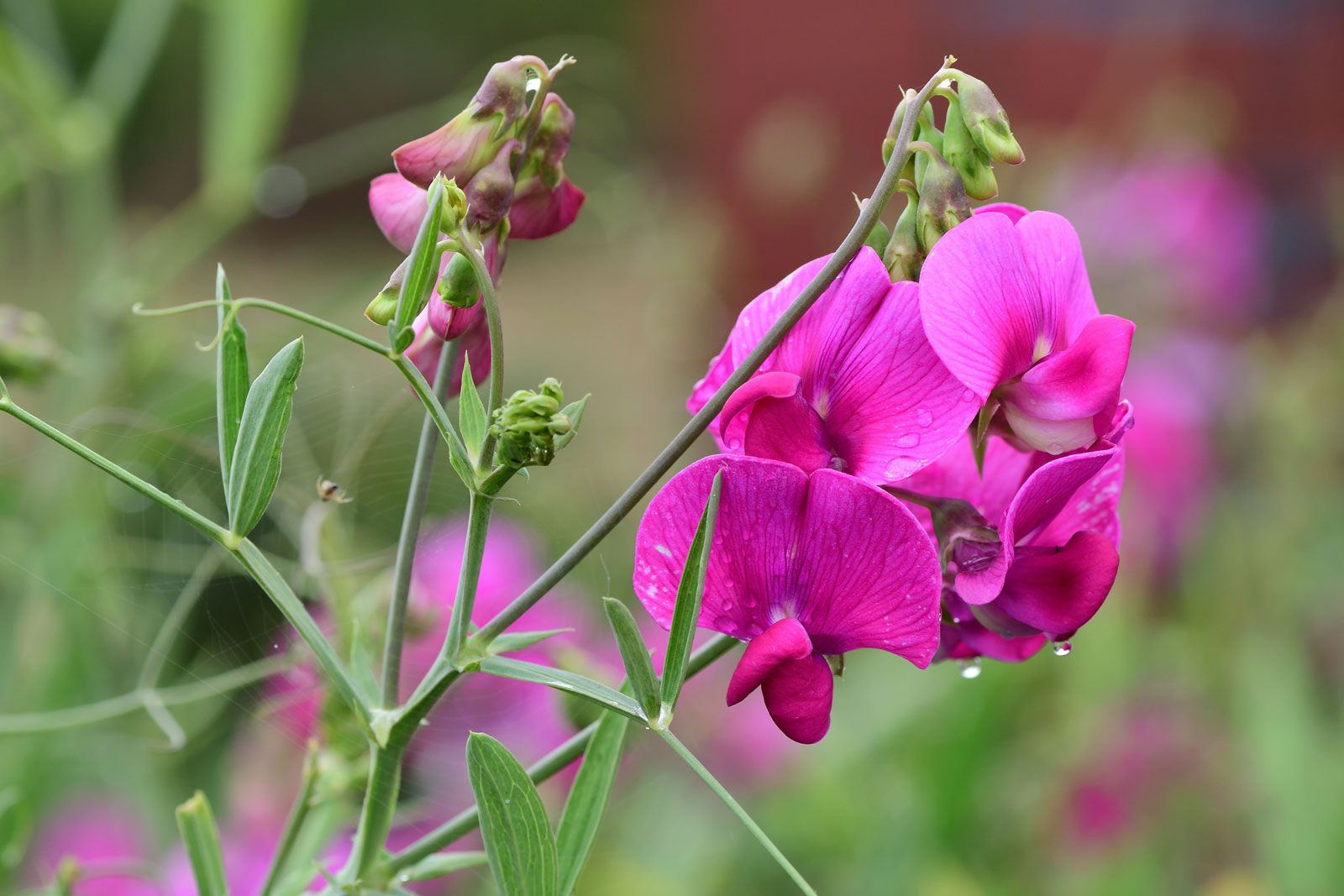
Sweet peas, known scientifically as Lathyrus odoratus, are the secondary birth flower for April. These fragrant flowers are a delight to the senses, with their delicate blooms and sweet scent. Sweet peas come in a range of soft and vibrant colors, making them a popular choice for gardens and floral arrangements. They symbolize blissful pleasure, gratitude, and farewell. In the language of flowers, sweet peas are often used to express appreciation and affectionate goodbyes. Their climbing nature and profuse blooms make them a spectacular sight in any setting. Sweet peas are not only beautiful but also have a rich history, having been cultivated since the 17th century for their beauty and fragrance.
Lily of the Valley: The Delicate Symbol of Happiness
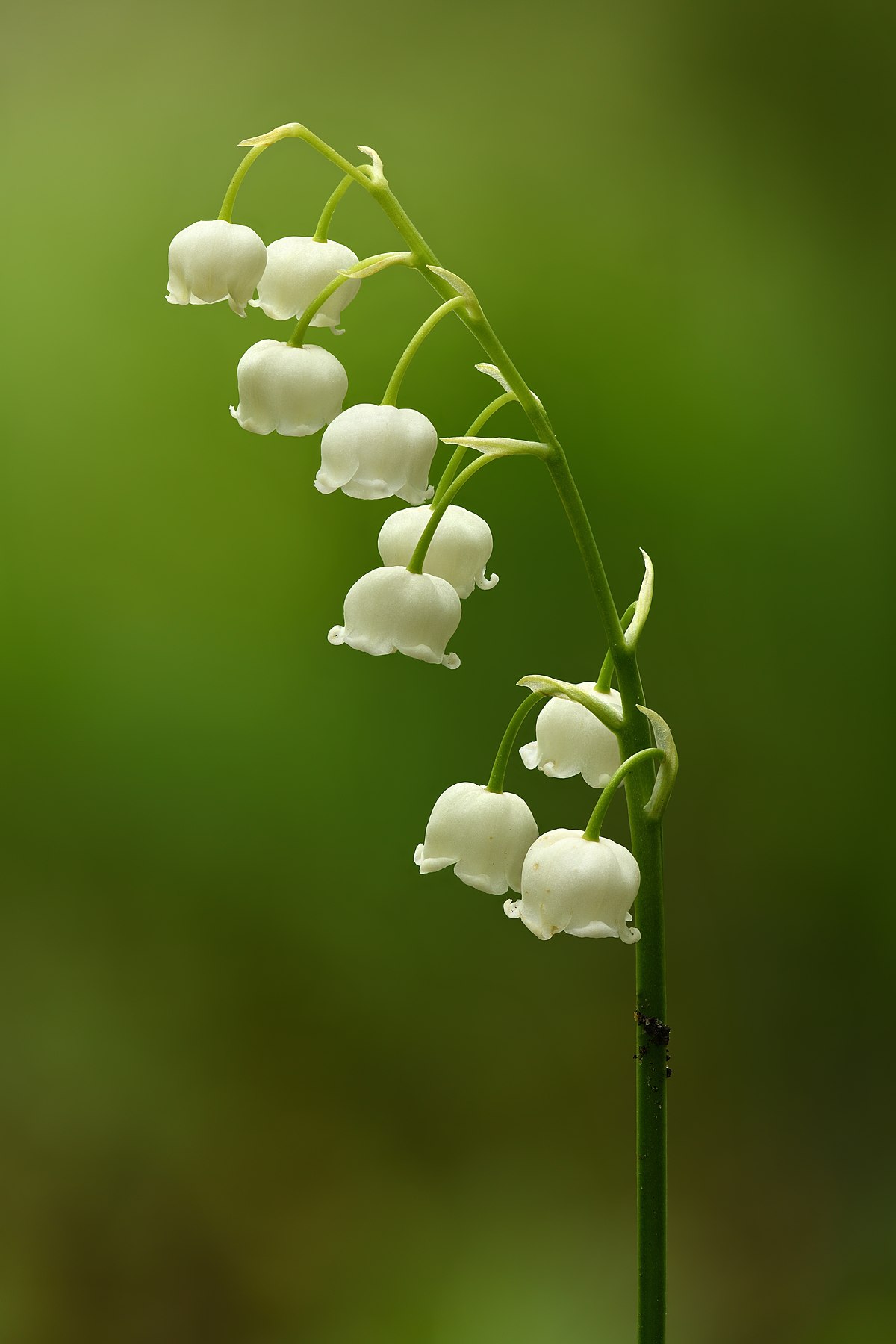
Lily of the Valley, known scientifically as Convallaria majalis, is May's primary birth flower. This delicate and fragrant flower is a symbol of sweetness, humility, and the return of happiness. The small, bell-shaped white flowers of the Lily of the Valley are enchanting and often hidden among its broad green leaves. This flower has a rich history and is celebrated in various cultures. In some traditions, it is considered a lucky charm and is often given as a gift on May Day. Lily of the Valley is not only beautiful but also has been used in traditional medicine for its therapeutic properties.
Hawthorn: The Plant of Hope and Supreme Happiness
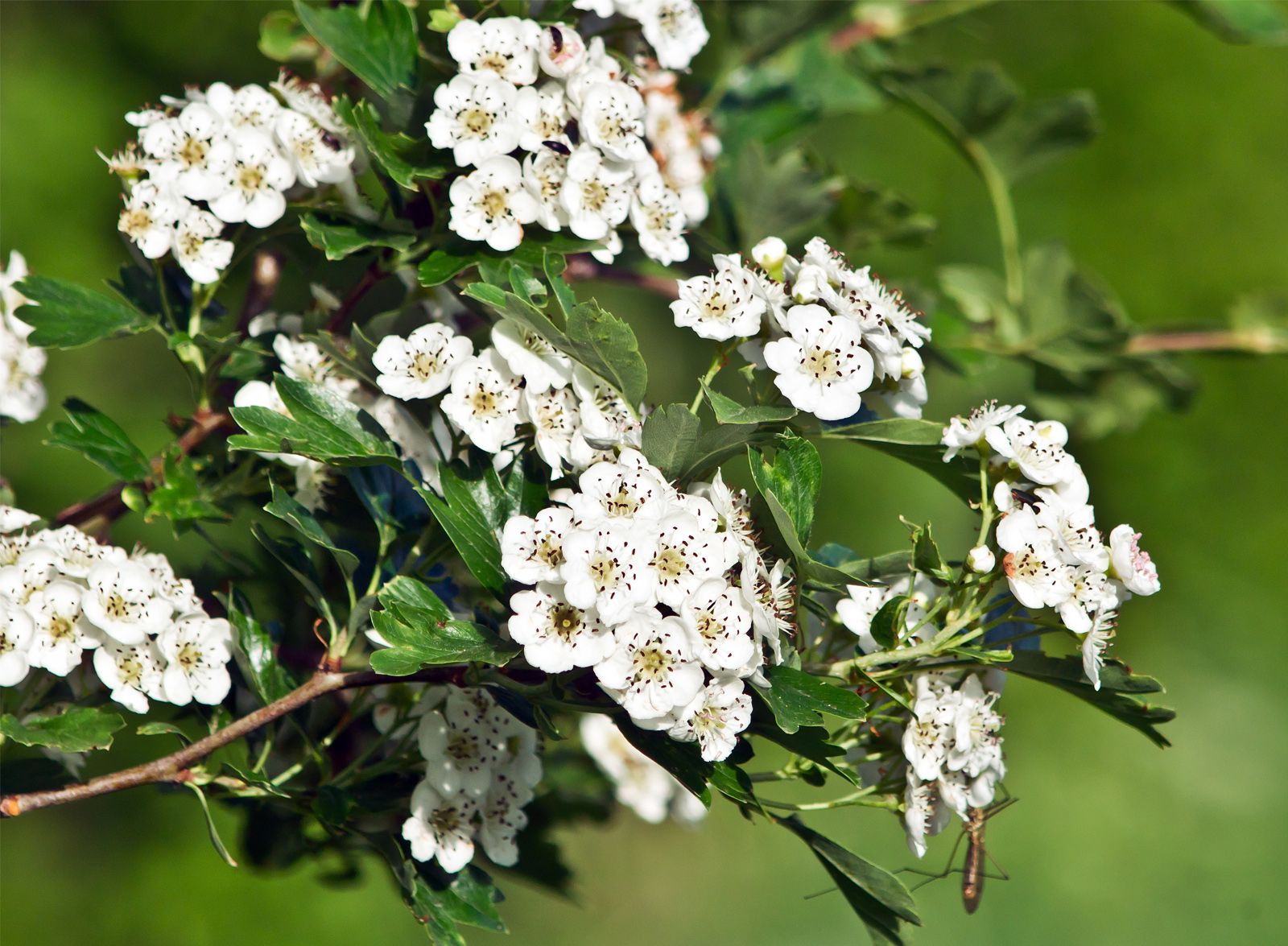
The Hawthorn, a genus known as Crataegus, serves as the secondary birth flower for May. This plant, often found as a shrub or small tree, produces lovely white or pink flowers in spring, followed by red berries in the fall. Hawthorn symbolizes hope and supreme happiness, embodying the optimism and joy that the month of May brings. It has been used for centuries in various cultures for its medicinal properties, particularly for heart-related conditions. The Hawthorn is not just a medicinal plant; it is also steeped in folklore and magic, often associated with faeries and used in various rituals and celebrations. Its flowers and berries add beauty to the landscape and provide food for wildlife.
Rose: The Quintessence of Love and Beauty
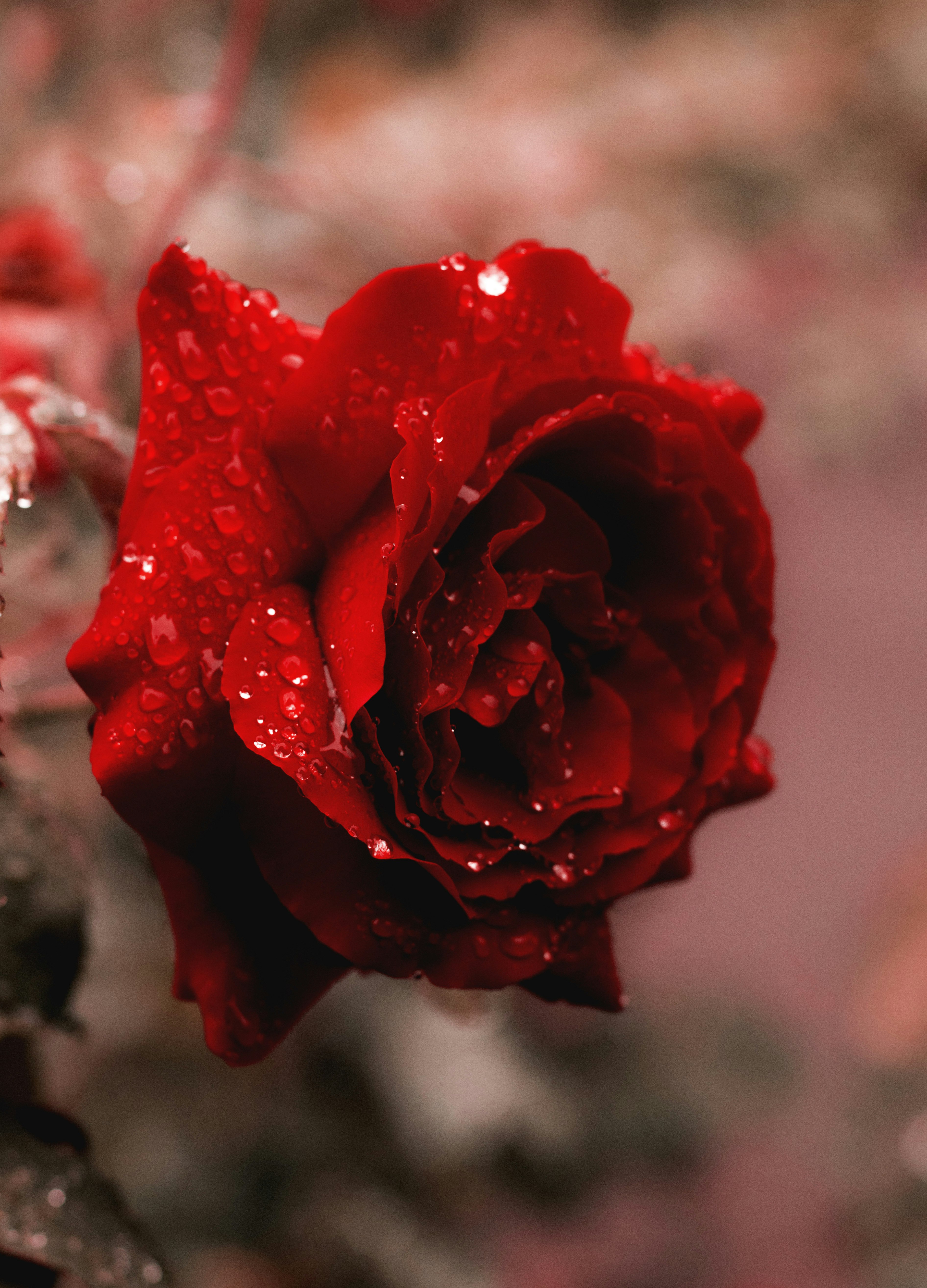
Roses, known scientifically as Rosa spp., are the primary birth flower for June and are universally recognized as a symbol of love, passion, and beauty. With their captivating fragrance and exquisite petals, roses have been cherished for centuries in various cultures around the world. Each color of a rose carries a different meaning, from the deep reds symbolizing love and desire to the pure whites representing innocence and purity. Roses are not just symbols of romantic love; they also represent friendship, joy, and appreciation. Their widespread popularity and timeless appeal make them a favorite in gardens, floral arrangements, and as a means of expression in art and literature.
Honeysuckle: The Emblem of Sweet Bonds of Love
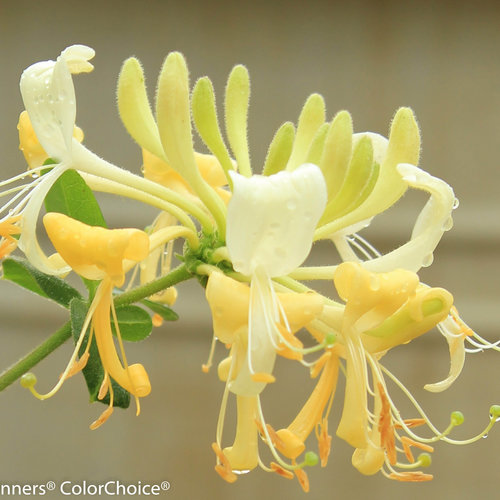
Honeysuckle, belonging to the genus Lonicera, is June's secondary birth flower. These fragrant flowers are known for their sweet scent and tubular shape, often attracting hummingbirds and butterflies to gardens. Honeysuckle symbolizes the bonds of love and the sweet, enduring connection between people. These flowers are not only beautiful but also have a rich history in folklore and herbal medicine. Honeysuckle is often found in woodlands, hedgerows, and gardens, climbing and twining gracefully over structures and other plants. The intoxicating fragrance of honeysuckle on a warm summer evening is a sensory delight, evoking memories and emotions tied to the joys of early summer.
Larkspur: The Flower of Lightness and Levity
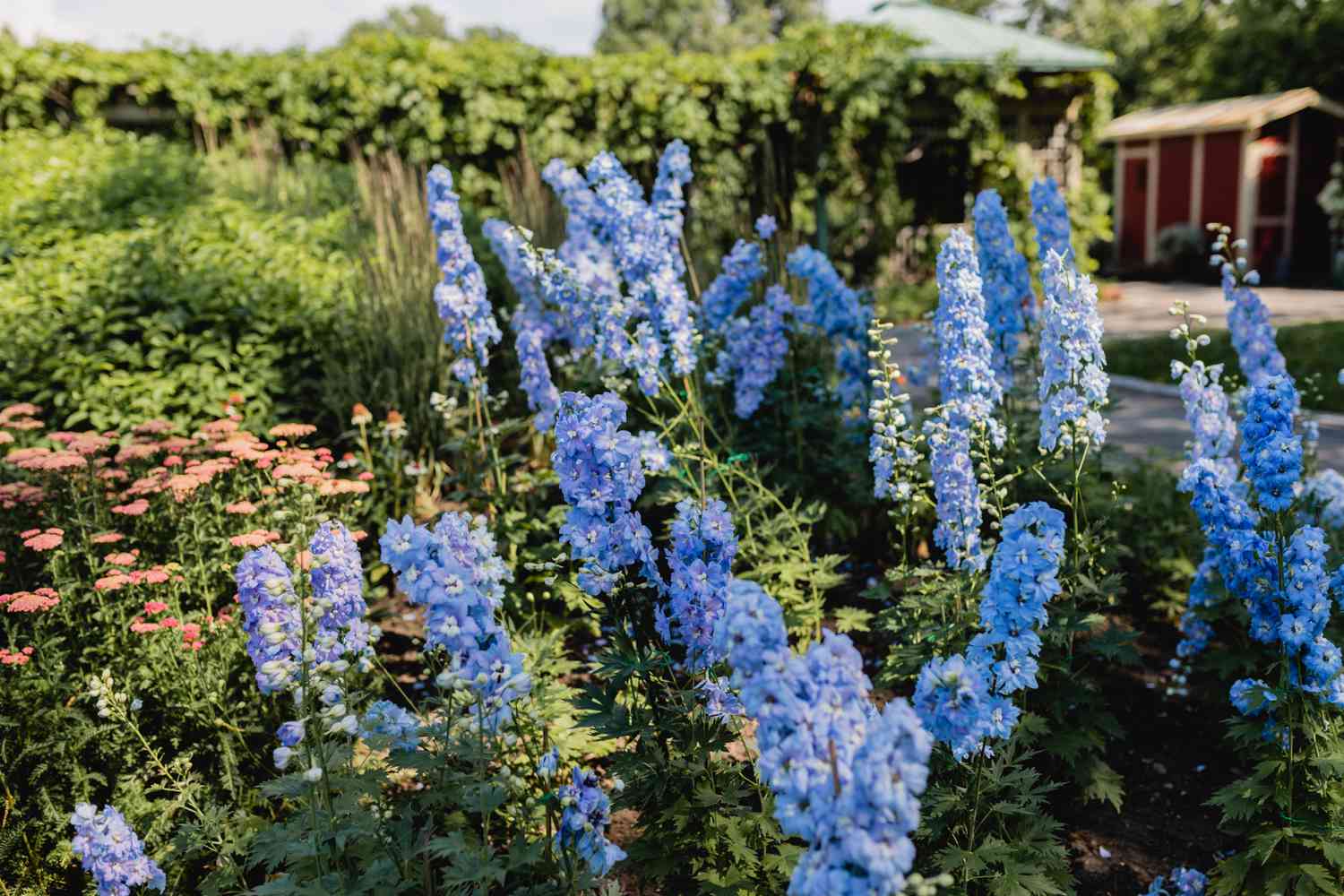
Larkspur, known scientifically as Delphinium, is the primary birth flower for July. These tall, elegant flowering plants are renowned for their vibrant colors and spiky blooms. Larkspur symbolizes lightness, levity, and strong bonds of love, reflecting the carefree and loving nature of those born in July. The flowers come in a range of colors, including blue, purple, pink, and white, each carrying its own specific meaning. Larkspur is often used as a focal point in gardens due to its impressive height and vibrant colors. It's not just a garden favorite; larkspur has also been used in folklore and herbal medicine for its various properties.
Water Lily: The Emblem of Purity and Enlightenment
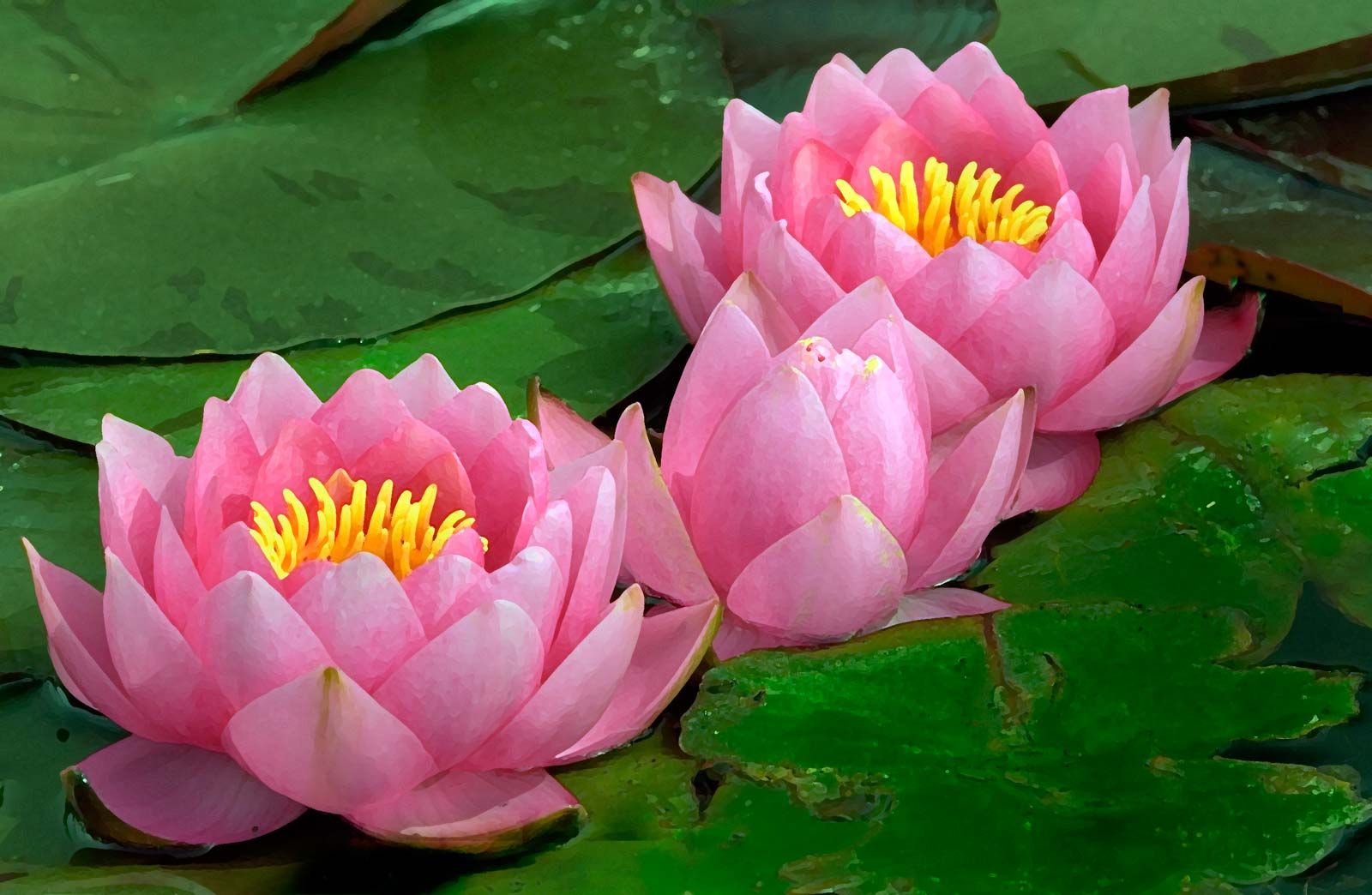
The Water Lily, belonging to the family Nymphaeaceae, is July's secondary birth flower. These aquatic plants are known for their round, floating leaves and stunning, fragrant flowers that float on the surface of ponds and lakes. Water lilies symbolize purity, enlightenment, and rebirth, embodying the spiritual growth and renewal associated with July. They come in a range of colors, including white, pink, yellow, and red, and are often grown for their beauty and ability to provide shade and oxygen to aquatic ecosystems. Water lilies have a rich history, with evidence of their use in ancient civilizations such as Egypt and China. They are not only beautiful but also play a crucial role in the ecosystem, providing habitat and food for various aquatic creatures.
Gladiolus: The Flower of Strength and Integrity
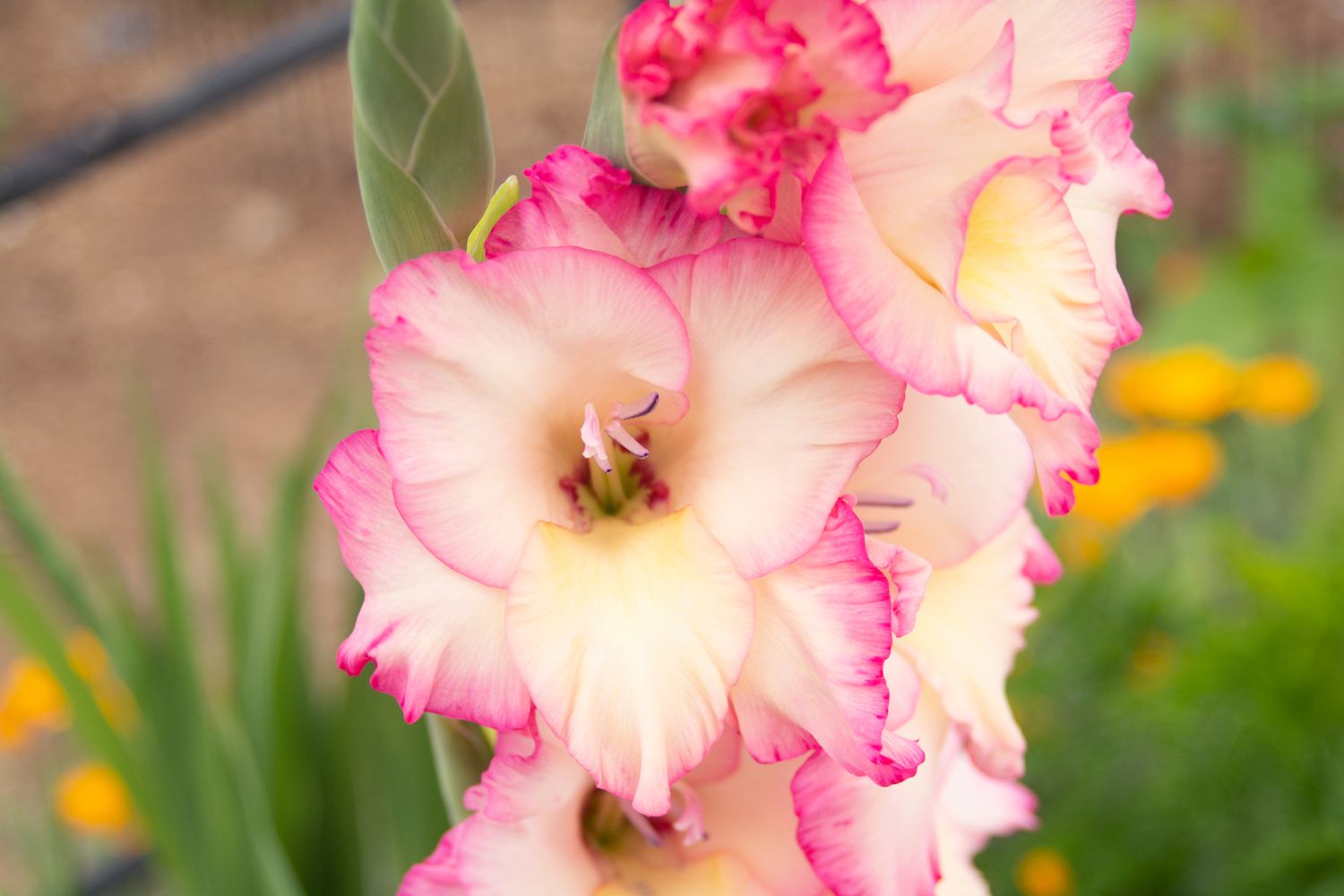
Gladiolus, also known as the sword lily, is the primary birth flower for August. These stunning flowers are known for their striking tall spikes and a wide range of vibrant colors. The gladiolus symbolizes strength of character, integrity, and infatuation. The name "gladiolus" comes from the Latin word "gladius," meaning sword, and these flowers are indeed reminiscent of a gladiator's weapon with their tall, pointed shape. Gladiolus flowers are not only a symbol of strength but also represent remembrance and calmness. They are a popular choice in floral arrangements and gardens for their dramatic appearance and beautiful array of colors.
Poppy: A Symbol of Imagination and Eternal Sleep
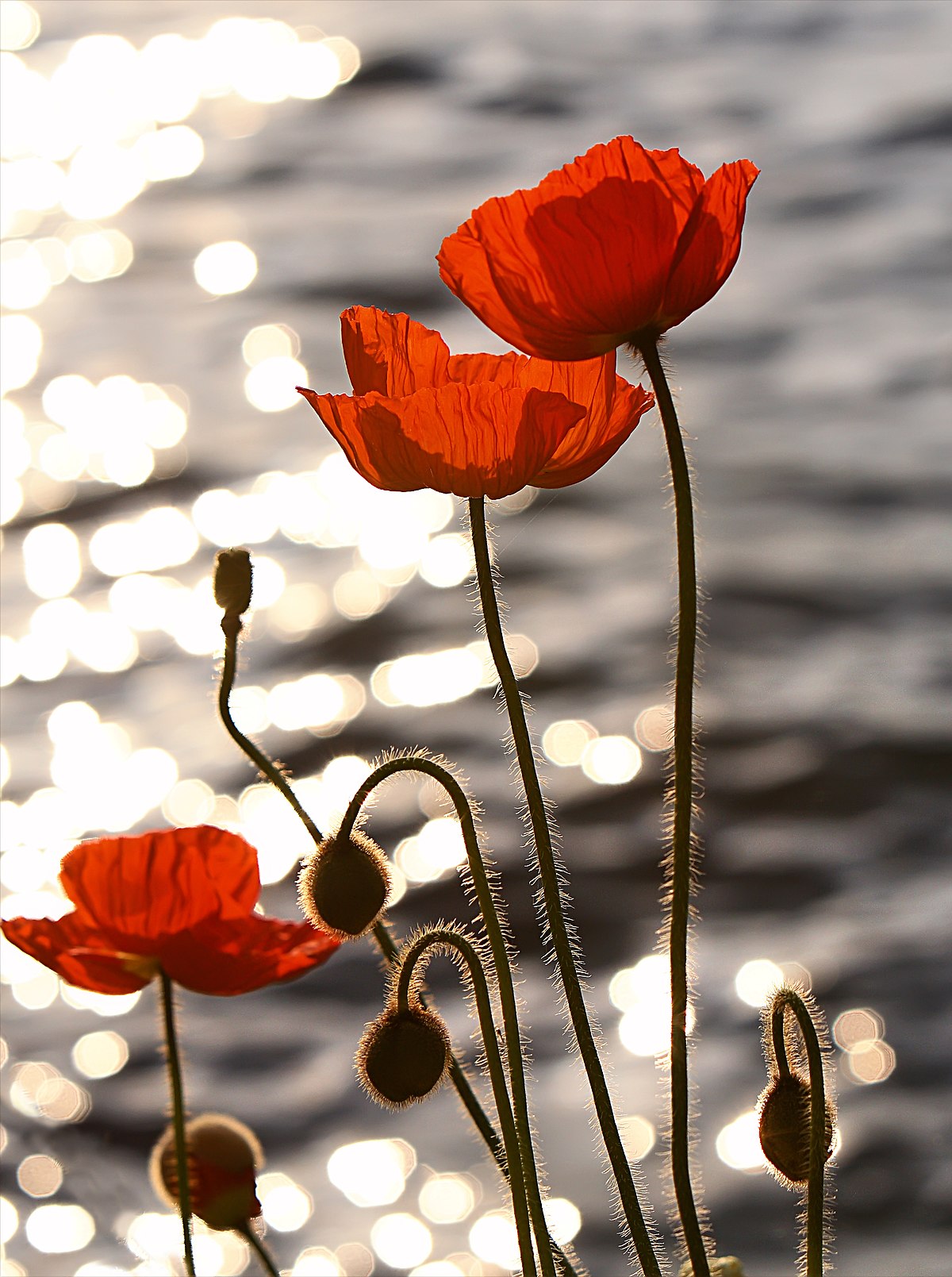
The Poppy, a vibrant and colorful flower, serves as the secondary birth flower for August. Poppies are known for their bright and bold colors, particularly the red poppy, which is a symbol of remembrance and respect. Poppies symbolize imagination, dreams, and eternal sleep. The flower has a long history of association with sleep and peace, partly due to its use in producing opium. Poppies are not just symbols; they are also admired for their beauty in gardens and wildflower meadows. Their delicate petals and striking colors make them a favorite among gardeners and nature enthusiasts alike.
Aster: The Flower of Wisdom and Valor

Asters, with their star-shaped flowers, are the primary birth flower for September. These beautiful flowers come in a variety of colors, including blue, purple, white, and pink. Asters symbolize wisdom, valor, and faith, making them a fitting tribute to the transition from summer to autumn. The name "aster" comes from the Greek word for "star," reflecting their star-like appearance. Asters are not only admired for their beauty but also for their role in the ecosystem, attracting bees and butterflies. They have been used in folklore and herbal medicine and are a popular choice in gardens for their vibrant colors and late blooming.
Morning Glory: The Emblem of Affection and Unrequited Love
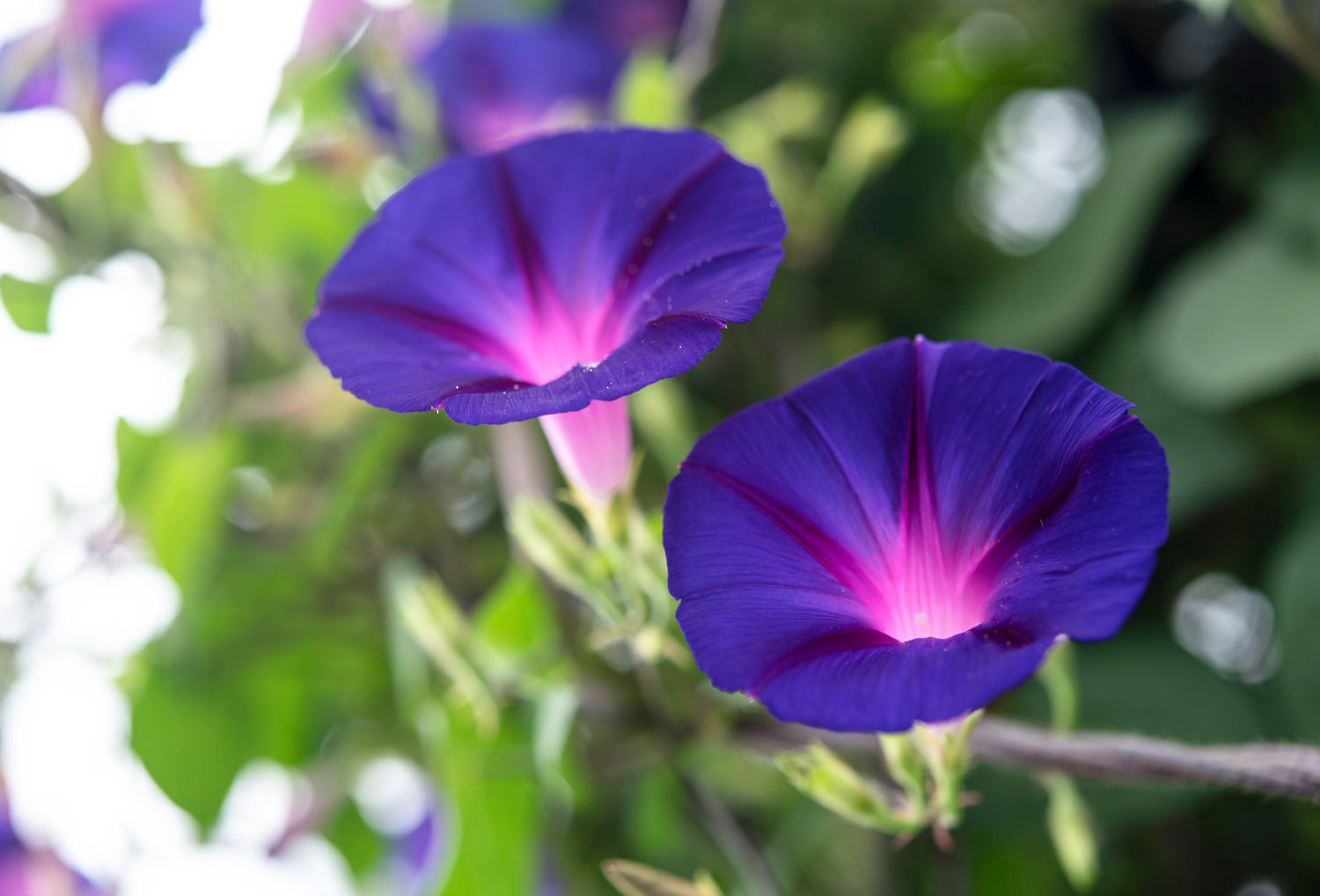
Morning Glory, known for its beautiful, trumpet-shaped flowers, is September's secondary birth flower. These flowers typically bloom in the early morning, hence their name. Morning Glory symbolizes affection and unrequited love. The flowers come in various shades, including blue, purple, pink, and white. Morning Glories are climbers, often seen adorning fences, trellises, and walls, adding a splash of color to any garden. They have a rich history in various cultures, symbolizing the fleeting nature of love and the beauty of life. Morning Glories are not just ornamental; they have also been used in traditional medicine and have a spiritual significance in many cultures.
Marigold: The Flower of Creativity and Passion

Marigolds, known scientifically as Tagetes, are the primary birth flower for October. These vibrant and colorful flowers are known for their rich orange and yellow hues. Marigolds symbolize creativity, passion, and the beauty of the sun. They are often associated with positive emotions and are used in various cultural celebrations around the world, including Day of the Dead in Mexico. Marigolds are not only admired for their beauty but also for their medicinal properties and as a natural insect repellent in gardens. Their bold colors and pungent fragrance make them a distinctive addition to any floral arrangement or garden.
Cosmos: The Emblem of Harmony and Order
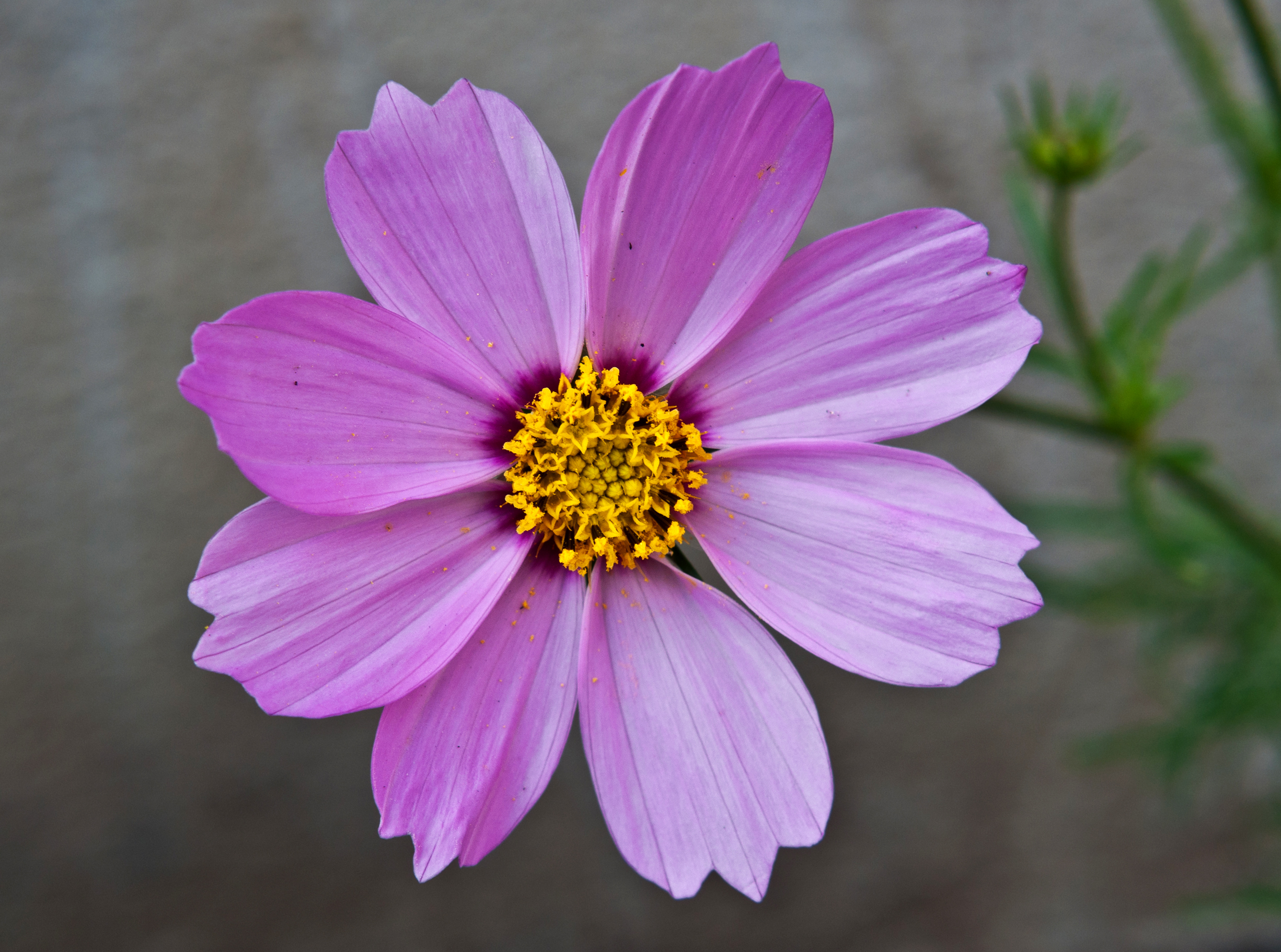
Cosmos, with their delicate, daisy-like flowers, serve as the secondary birth flower for October. These flowers come in a variety of colors, including pink, white, and purple. Cosmos symbolize harmony, order, and peace. They are known for their simple yet elegant beauty and their ability to attract butterflies to the garden. Cosmos flowers are easy to grow and maintain, making them a popular choice for gardeners. They have a whimsical quality to them, often swaying gently in the breeze, and add a touch of grace and charm to any setting. Cosmos are not just ornamental; they have also been used in traditional medicine for their soothing properties.
Chrysanthemum: The Flower of Optimism and Joy
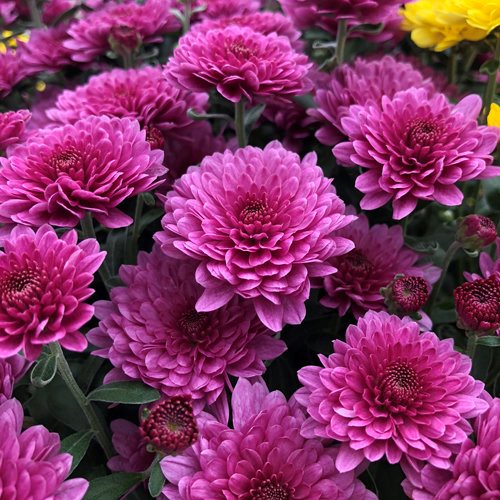
Chrysanthemums, often simply called 'mums', are the primary birth flower for November. These popular flowers are known for their vibrant colors and diverse forms. Chrysanthemums symbolize optimism, joy, and longevity. They are a staple in fall gardens and floral arrangements, celebrated for their late blooming and ability to bring color to the waning days of autumn. In many cultures, chrysanthemums hold significant meanings; in Japan, they are a symbol of the Emperor and the Imperial family, while in China, they represent nobility and elegance. Chrysanthemums are not only beautiful but also have medicinal properties, used in teas and traditional remedies.
Peony: A Symbol of Romance and Prosperity
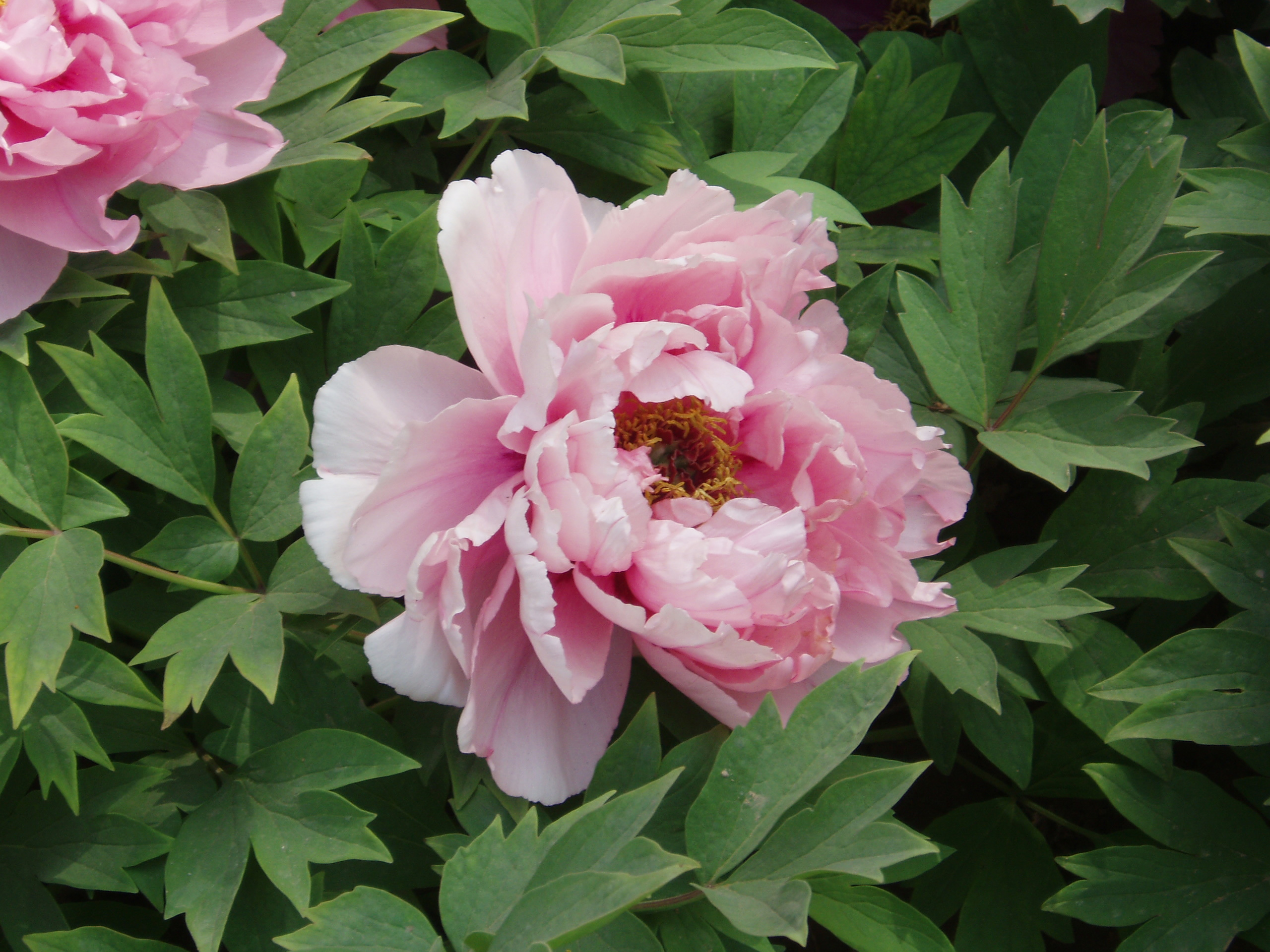
Peonies, with their lush, full blooms, serve as the secondary birth flower for November. These flowers are beloved for their beauty and fragrance, coming in various shades including pink, red, white, and yellow. Peonies symbolize romance, prosperity, and good fortune. They are often used in weddings and celebrations as a sign of honor and wealth. In many cultures, peonies are associated with various myths and legends, often related to romance and bashfulness. These flowers are not just ornamental; they have been used in traditional medicine for their therapeutic properties. Peonies add a touch of elegance and charm to any setting, making them a favorite among gardeners and floral enthusiasts.
Narcissus: The Flower of Hope and Rebirth

Narcissus, commonly known as daffodil, is the primary birth flower for December. These flowers are known for their striking trumpet-shaped center surrounded by petal-like tepals. Narcissus symbolizes hope, rebirth, and the triumph of the future over the past. This flower is often associated with the end of winter and the arrival of spring, bringing a message of renewal and new beginnings. Narcissus comes in a variety of colors, including white, yellow, and orange, each carrying its own specific meaning. These flowers are not only beautiful but also have a rich history in art, literature, and mythology.
Holly: The Emblem of Foresight and Protection

Holly, with its distinctive red berries and glossy green leaves, serves as the secondary birth flower for December. Holly symbolizes foresight and protection. It is often associated with Christmas and the winter season, bringing a festive spirit to the colder months. Holly is not just a decorative plant; it has been used in various cultures for its symbolic meanings and medicinal properties. The bright red berries and evergreen leaves make holly a symbol of enduring life and optimism in the face of the challenges of winter. Holly is a reminder of the joy and beauty that can be found even in the coldest and darkest times of the year.